Connecting pre-university students with professional science
Contextual Curriculum Connections
A2 Velocity, force, acceleration in circular motion
in the context of Earth observation satellites in orbit
Ix
in the context of
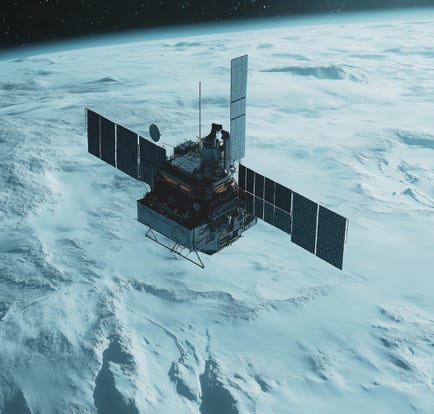



https://youtu.be/5tcuKI3-B70?si=maoao4Osy8m2igkS
Acceleration and net force (which in this diagram is gravitational attraction) are always in the same direction.
Change in velocity is also in the same direction, but velocity itself needn’t be.
Monitoring of day-to-day Antarctic weather as well as long term climate changes is a matter of survival for penguins and for people.
Satellites provide one way to gather data.

Watching ice from space is as important, for the long term health of the planet, as watching the atmosphere.
The image shows the Antarctic Peninsula, where the Larsen C ice shelf – a huge area of floating ice – broke free several years ago.
Image credit: NASA/GSFC/LaRC/JPL, MISR Team
Personal life on the International Space Station (ISS), showing eating, sleeping, and toilet arrangements, with Suni Williams, Commander of Expedition 33.
A tour of the International Space Station (ISS) with European Space Agency astronaut Andreas Morgensen, including a view of Earth from the cupola.
A word about apparent weightless in orbit:
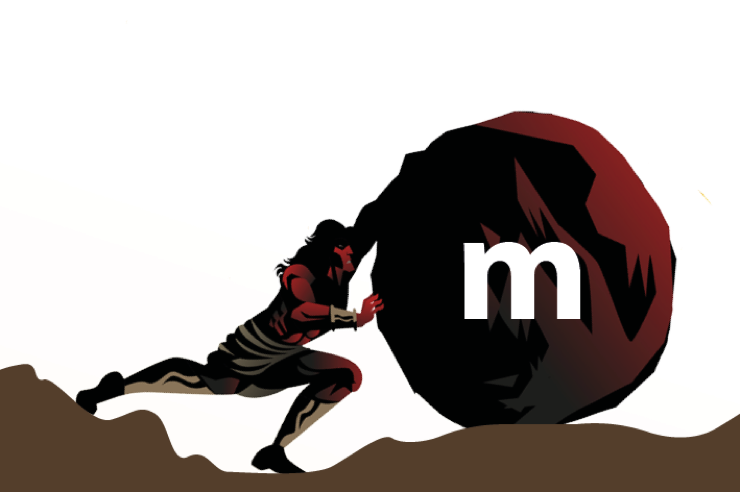
acceleration, a = force / mass = F / m
Credit: NASA / WMAP Science Team (amended)
For the same mass, acceleration increases when force increases.
For the same force, acceleration decreases when mass increases.
Some objects are hard to accelerate.
Resistance to acceleration is called inertia, and it is measured in terms of mass.
The equation is more often written in this rearranged form:
force = mass x acceleration
F = ma
A demonstration of resistance to acceleration during a short firing of rocket motors on the International Space Station (ISS)
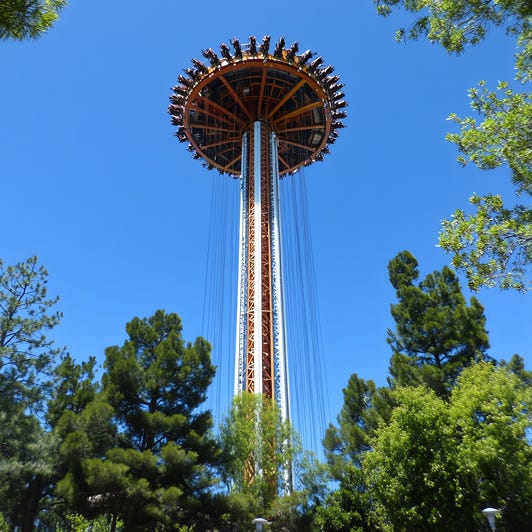
Gravity doesn’t stop at the top of the Earth’s atmosphere. Instead, it obey’s Newton’s law of gravitation:
force of gravity = GMm/r2
It also obeys the inverse square law. So, for example, doubling the distance from the centre of the Earth reduces gravitational force by a factor of 4.
The International Space Station’s orbit is nowhere near double the Earth’s radius. So gravity still acts. Astronauts experience apparent weightlessness.
The amusement park ride simulates weightlessness.
The people will fall under gravity when the module is released. They will experience something close to free fall.
They will feel weightless, even though gravity is still acting and they DO have weight. In fact, their weight is the force that accelerates them downwards.
An astronaut in the ISS feels weightless 24/7. They, too, are accelerating towards the Earth (due to gravity) but because of its velocity the ISS keeps missing the planet. That’s a little ‘counter-intuitive’ – so see below for more explanation.
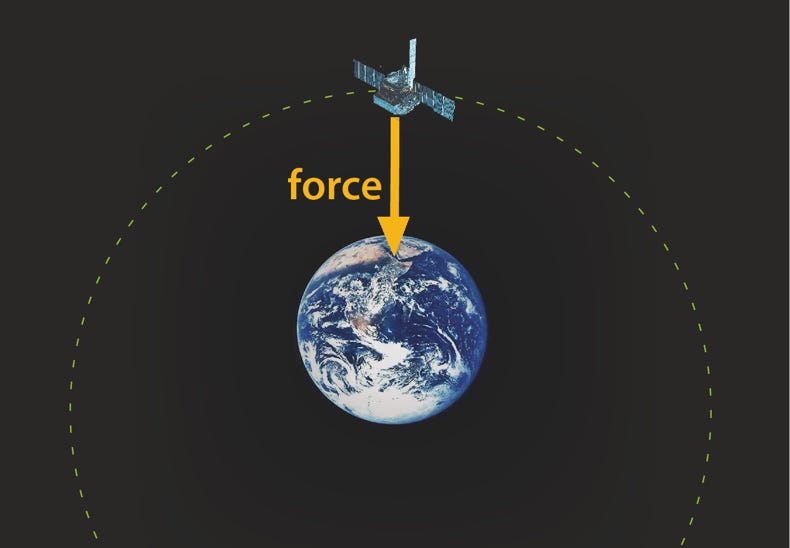
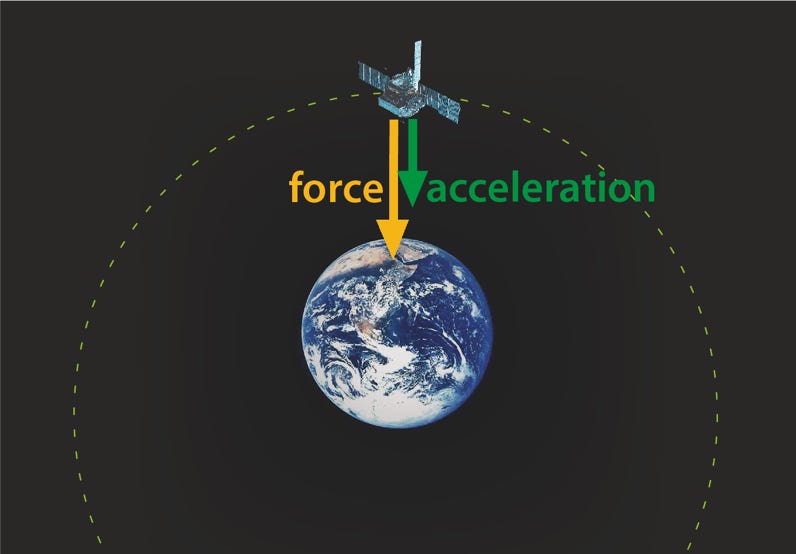
Why doesn’t gravitational force cause a satellite to crash straight downwards into the Earth?
People have sent many artificial satellites into orbit of the Earth. How does any satellite stay in orbit?
There’s a force of gravity between a satellite and the large attracting object (which is the Earth in this case).
F = ma
Force and acceleration are closely associated. The force that causes the acceleration is always in the same direction as the acceleration itself.
So why doesn’t the satellite accelerate straight ‘down’ and crash into the Earth.
Global disagreement:
Firstly, in space (which is where the Earth is) there is no such thing as ‘up’ or ‘down’ UNLESS on or near a large object such as a planet.
Ask different people at different places to point ‘down’ they point in different directions – towards the centre of the Earth.
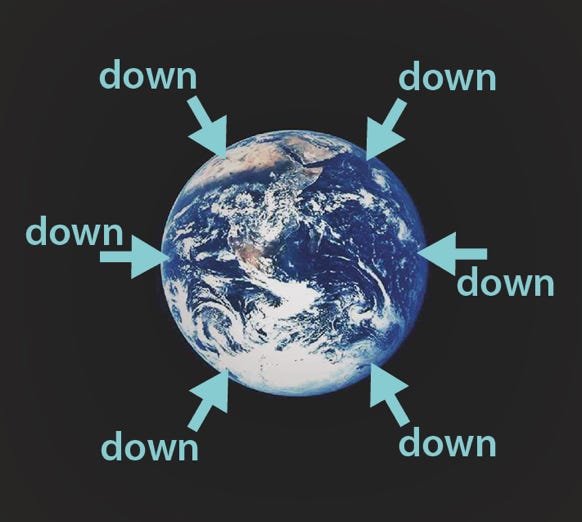
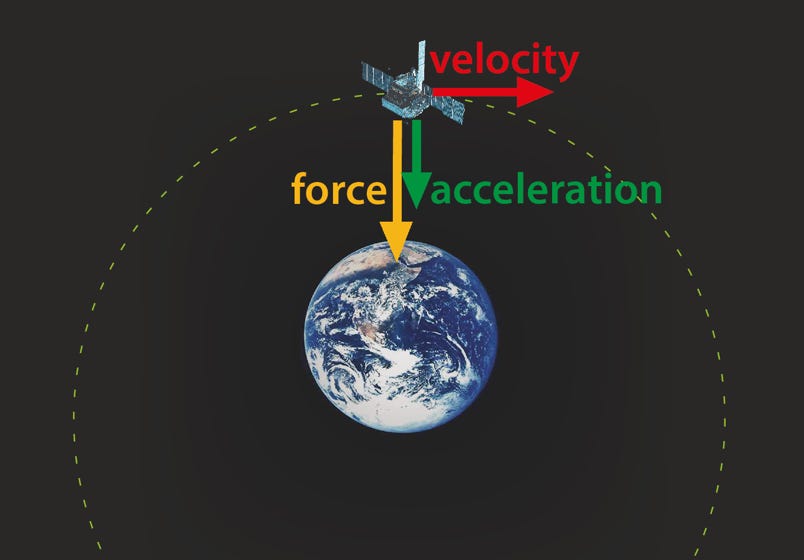
Secondly, the satellite is moving.
It was launched and then inserted into orbit with a carefully calculated velocity.
In space, once you are moving then in general you keep on moving. For a few billion years.
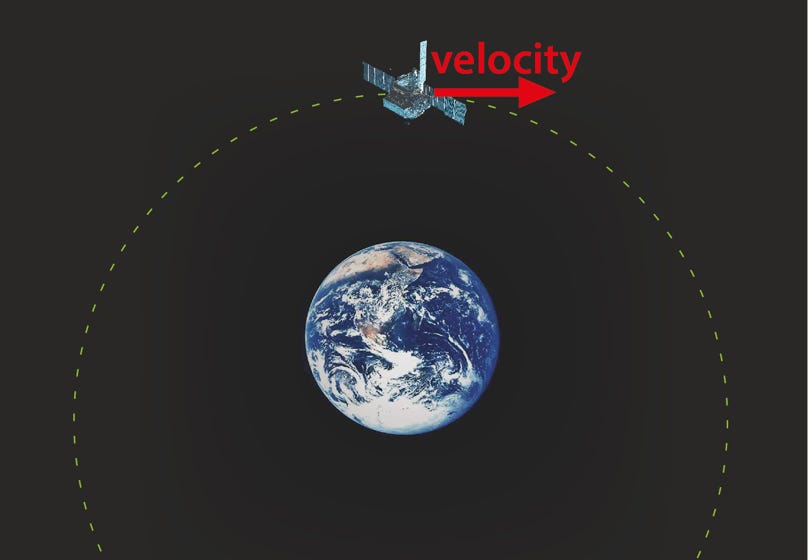
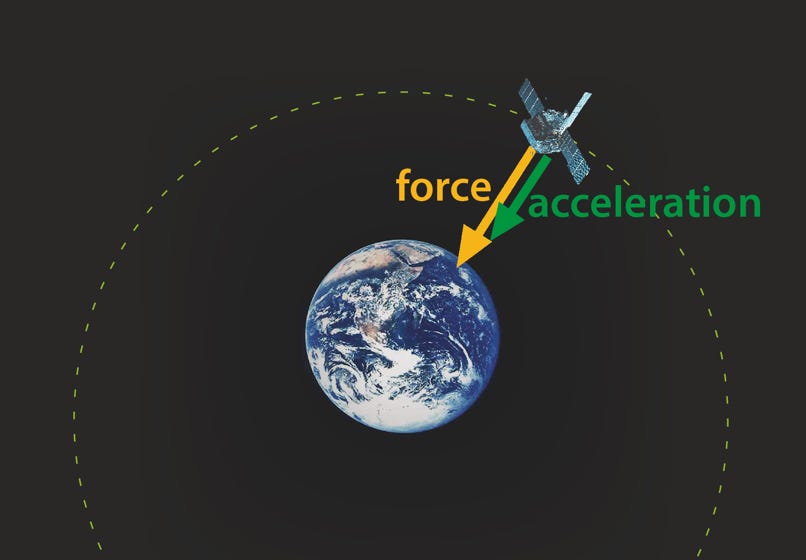
Velocity does NOT have to be in the same direction as force and acceleration …
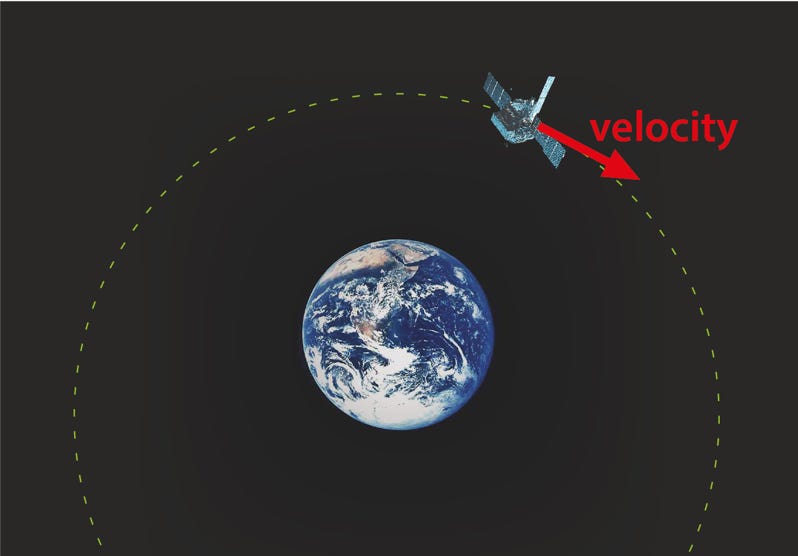
… but change of velocity DOES.
In stable orbit, velocity (vector quantity) is changed by the acceleration, but only in direction. The speed (scalar quantity) stays the same.
In the new location of the satellite, force and acceleration have also changed in direction, since they are always towards the centre of the Earth.
Directions of all three of the vector quantities perpetually change.
Newton’s explanation of circular motion, presented by a New Zealand teacher,
(C) David Brodie 2025
A3 Radius, speed and stable orbit
in the context of Earth observation satellites, and the Cassini spacecraft, in orbit

Image credit: NASA/GSFC/LaRC/JPL, MISR Team
Ice isn’t just found in the Earth’s colder regions. There is plenty in the Solar System.
The Cassini spacecraft, in orbit of Saturn for several years, found the rings to be made of ice chunks, with sizes up to big boulders.
How does an ice boulder, a spacecraft, a moon, or a planet stay in stable orbit?
A short overview of the Cassini mission, with special focus on its final purge into the gases of Saturn.
A scientist talks about using Landsat satellite to monitor ice and climate change
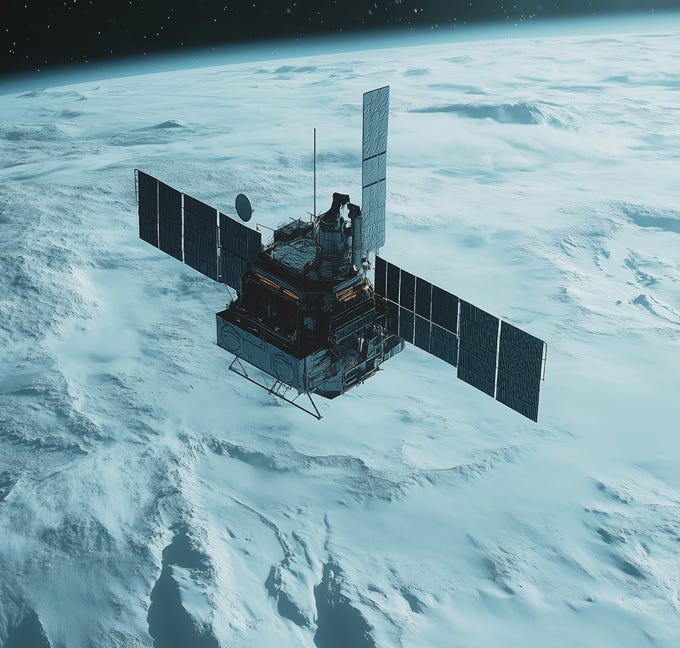
An initial orbit.
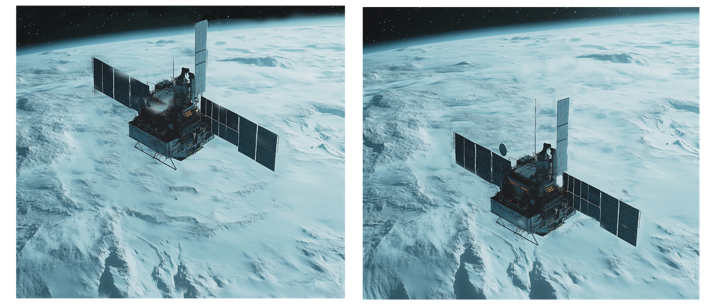
Higher orbit: radius r is larger than in the initial orbit.
So speed is smaller.
Lower orbit: radius r is less than before.
So, for stable orbit, speed must be bigger than in the initial orbit.
Matching speed with radius to achieve stable orbit
For all objects of mass m,
F = ma
F is net force and a is acceleration.
In circular motion, a = v2/r
So, F = mv2/r
Independently of that we have a formula based on observation, regarding a ’law’ that nature behaves:
In a gravitational field around a body of mass M,
F = GMm/r2
G is the universal gravitational constant and r is the distance between the objects.
So, GMm/r2 = mv2/r
which can become,
GM = v2r
G and M are fixed. So v2r must also be constant.
If r were to change then v must also change.
v doesn’t change unless there is some other process happening (a sudden collision or slow resistance)
so r doesn’t change.
The planets of the Solar System have been in orbit for billions of years. That’s stability.
Notes:
In circular motion, velocity is always changing (because its direction is always changing). So if we want to ignore direction it makes sense to talk about speed and not velocity.
Radius of pathway does not depend on mass of the object. So if an astronaut lets go of their lunch it doesn’t suddenly move towards a new orbit.
(C) David Brodie 2025
